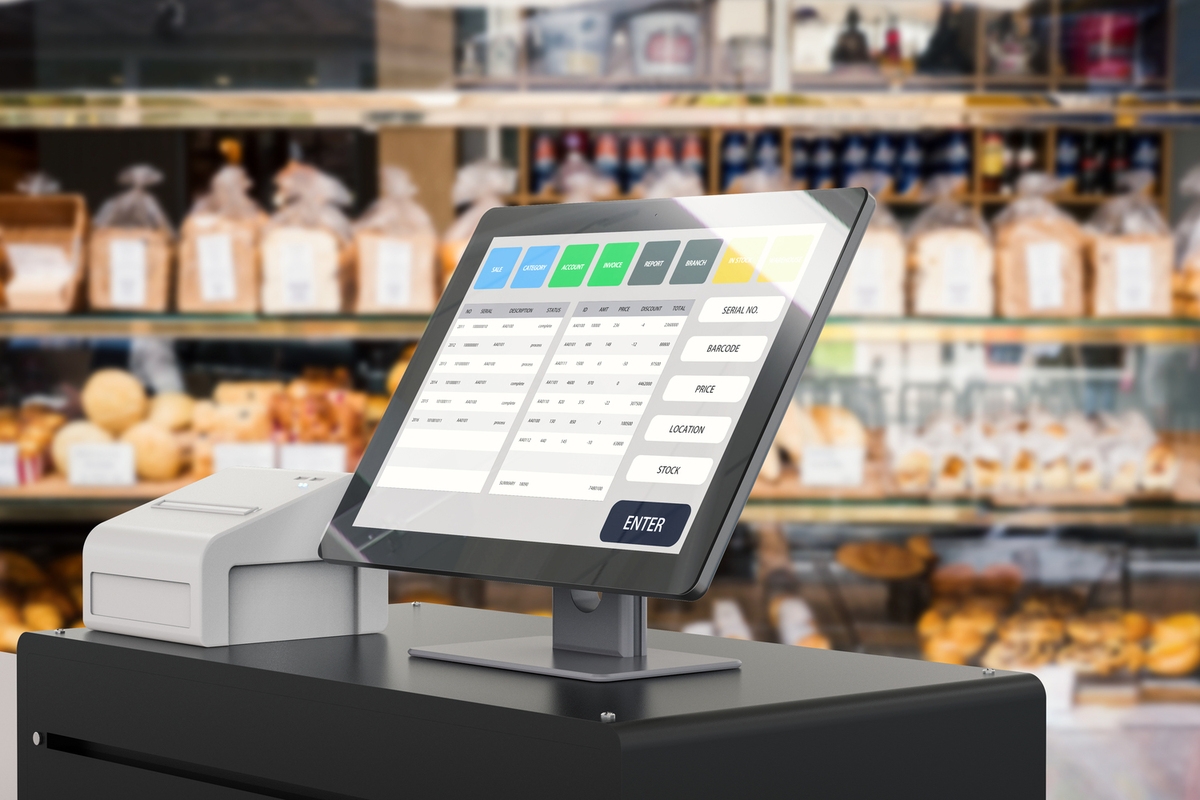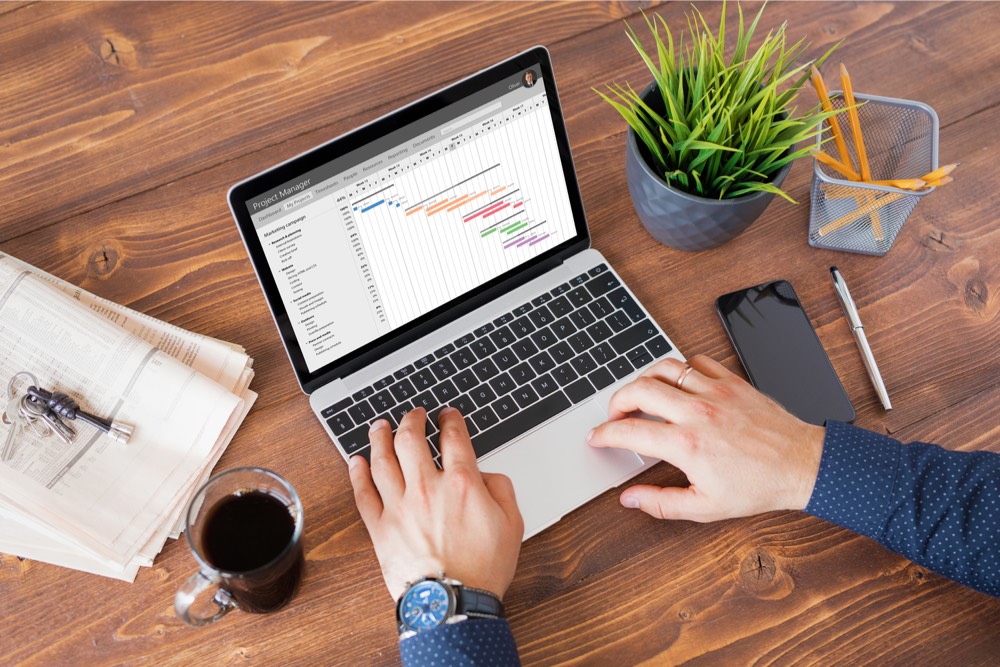Maximizing Retail Success with Analytics Technology
Discover how retail analytics tools can transform your business by providing actionable insights into customer behavior, inventory, and sales strategies. Learn about various types of analytics platforms tailored for physical and online stores, and choose the best solutions to maximize profitability and customer satisfaction.

Maximizing Retail Success with Analytics Technology
Retailers increasingly depend on data-driven insights to enhance marketing strategies, improve customer experience, reduce risks, and drive growth over time. However, handling vast data sets manually becomes cumbersome, especially as businesses expand. Investing in retail analytics software simplifies this task, providing fast, precise, and efficient analysis. Such tools empower retailers to make informed decisions, boost sales, and optimize operations.
Understanding Retail Analytics involves collecting and analyzing data from various sources about customer behaviors, shopping trends, and market patterns. These insights can guide product placement, pricing, and marketing efforts, ultimately enhancing overall business performance.
Benefits of using retail analytics software include saving time, reducing errors, and gaining valuable insights. These tools enable personalized product suggestions by analyzing customer preferences, helping retailers tailor their offerings and improve satisfaction. They also enhance inventory management, as businesses can accurately forecast demand, reduce stockouts, and avoid overstocking. Moreover, these platforms reveal demographic details of target markets, guiding more effective marketing campaigns and pricing strategies based on competitor analysis and customer tolerance levels.
There are different types of retail analytics tools, each suited to specific retail environments. In-store analytics utilize POS systems and video cameras to gather behavioral data, revealing which displays attract consumers and demographic patterns. Web analytics track customer journeys online, helping optimize website content and ad placement. Customer analytics analyze interaction data from apps and devices to understand product popularity and customer preferences. Merchandise analytics evaluate product shelf arrangements, offers, and discounts to maximize sales and profits. Selecting the right tools depends on store type, budget, and specific business goals.
In-store analytics tools include POS systems and store cameras that collect on-site customer behavior and demographic information.
Web analytics tools track online user activity, identifying effective landing pages and ad positioning.
Customer analytics tools analyze data from digital interactions to uncover buying patterns, reasons for exchanges, and effective communication channels.
Merchandise analytics tools assist in optimizing product placement, promotional offers, and profit margins based on sales and customer interest data.
Leading retail analytics solutions like Looker, Spotfire, Board, MicroStrategy, Sisense, and Lightspeed Retail are user-friendly, scalable, and cost-effective. When choosing software, retailers should consider factors such as the nature of their stores, budget, target market, product type, and shelf life. Consulting with fellow retailers and reviewing online feedback can further help in selecting the most suitable analytics platform.
Note: The information provided here is based on research and aims to help retailers make informed choices. However, it should not replace comprehensive market research. Always verify details and consider specific business needs before investing in analytics solutions.










